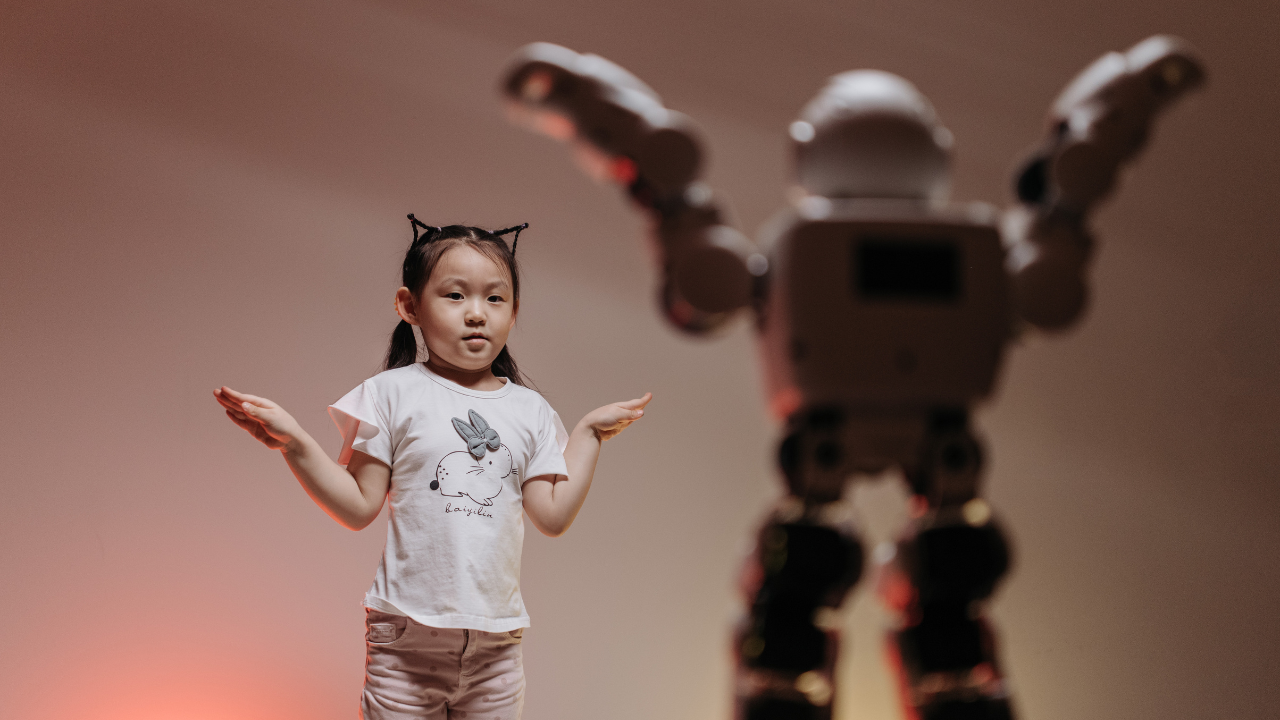🧠 Introduction: A New Face in the Workplace
Imagine walking into a hospital and being greeted by a polite, human-like robot. Or checking into a hotel where a machine—not a person—hands you your room key, smiles, and wishes you a pleasant stay. Sounds futuristic? Not anymore.
Thanks to advances in AI-powered automation, humanoid robots are stepping into real-world jobs, performing tasks once thought to be the exclusive domain of humans. They’re assisting in classrooms, caring for the elderly, and even showing up at graduation ceremonies—like “Shuang Shuang,” the humanoid robot who recently graduated alongside human students in China.
These robots, built to mimic human behavior, appearance, and communication, are not just machines—they’re changing how we think about the workplace and the future of labor.
🤖 What are Humanoid Robots?
Humanoid robots are robots designed to look and behave like humans. They can walk upright, use facial expressions, talk, and even mimic emotional responses. But what sets them apart from typical machines is their ability to interact socially—making them ideal for environments that require empathy, communication, and personal connection.
These robots can be fully functional androids, with limbs and expressive faces, or simpler service bots equipped with screens and limited mobility.
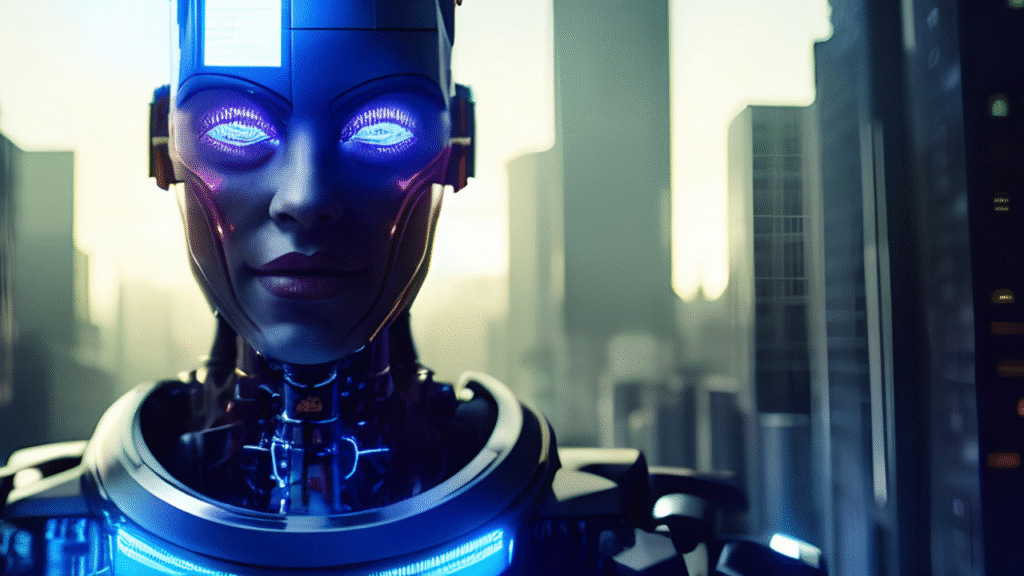
Some famous examples include:
- Tesla’s Optimus – built for manufacturing and daily tasks
- Pepper – a robot designed for customer service and interaction
- Ameca – known for realistic facial expressions and conversational ability
- Shuang Shuang – China’s humanoid robot student who “graduated” in 2025
As AI and robotics merge, these once-novel creations are becoming practical tools across a wide range of industries.
⚙️ How AI Powers Humanoid Robots
🧩 1. Natural Language Processing (NLP)
This allows humanoid robots to understand and respond to human language—whether it’s answering questions, giving directions, or chatting casually. They can process different languages and accents, making communication more natural.
🧠 2. Machine Learning and Facial Recognition
Humanoid robots use machine learning to improve their responses over time. Facial recognition helps them identify people and adjust their interactions based on mood or behavior, personalizing experiences.
👣 3. Sensor-Based Mobility and Vision
Advanced sensors help these robots navigate spaces, detect obstacles, and maintain balance. Vision systems enable them to see and interact with objects and people, much like we do with our eyes.
Together, these technologies form the foundation of AI-powered automation, making humanoid robots smarter, more capable, and increasingly human-like.
🏥 Real-World Roles: Where Humanoid Robots Are Already Working
Let’s explore where humanoid robots are already making an impact:
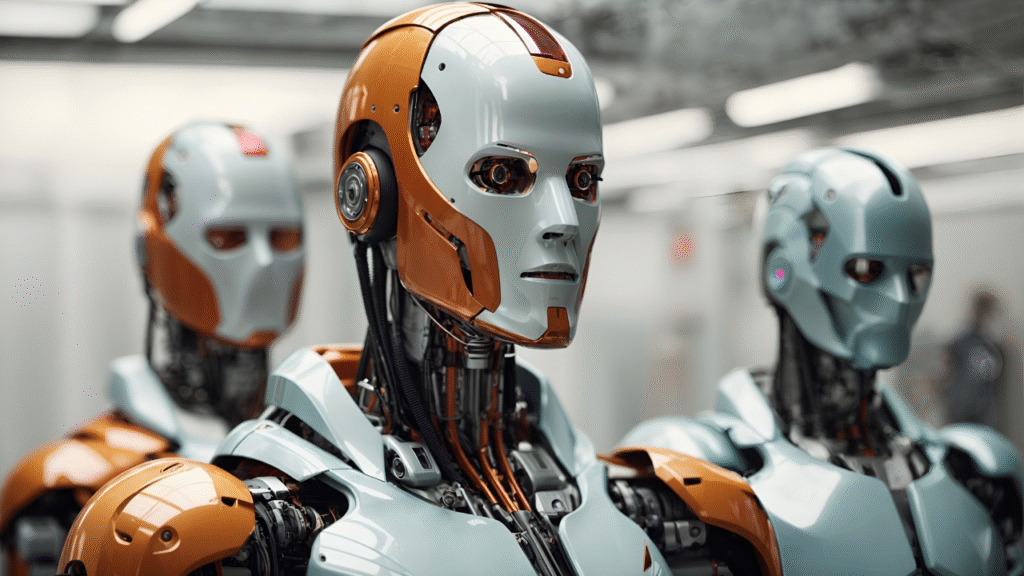
🩺 Healthcare
In hospitals, humanoid robots:
- Greet and guide patients
- Monitor vital signs
- Deliver medication
- Provide companionship for long-term care patients
They’re helping nurses and doctors by taking over routine tasks and allowing staff to focus more on patient care.
🛍️ Retail and Hospitality
Ever checked into a hotel with a robot receptionist? In Japan and parts of Europe, it's becoming the norm. Humanoid robots:
- Assist customers with directions and product info
- Handle bookings and payments
- Provide multilingual support in tourist areas
They don’t get tired, make small talk, or call in sick—making them ideal for 24/7 service roles.
🎓 Education
In classrooms, humanoid robots:
- Help teach languages
- Provide one-on-one support to students with learning differences
- Serve as interactive learning aids for STEM subjects
Teachers love them as tireless assistants that help create engaging and inclusive classrooms.
👵 Elder Care
In countries with aging populations, humanoid robots are bridging the caregiver gap. They:
- Offer reminders for medications
- Lead light exercise routines
- Provide emotional support to combat loneliness
- Monitor patient safety
Their friendly demeanor and consistent presence make them ideal companions in senior living communities.
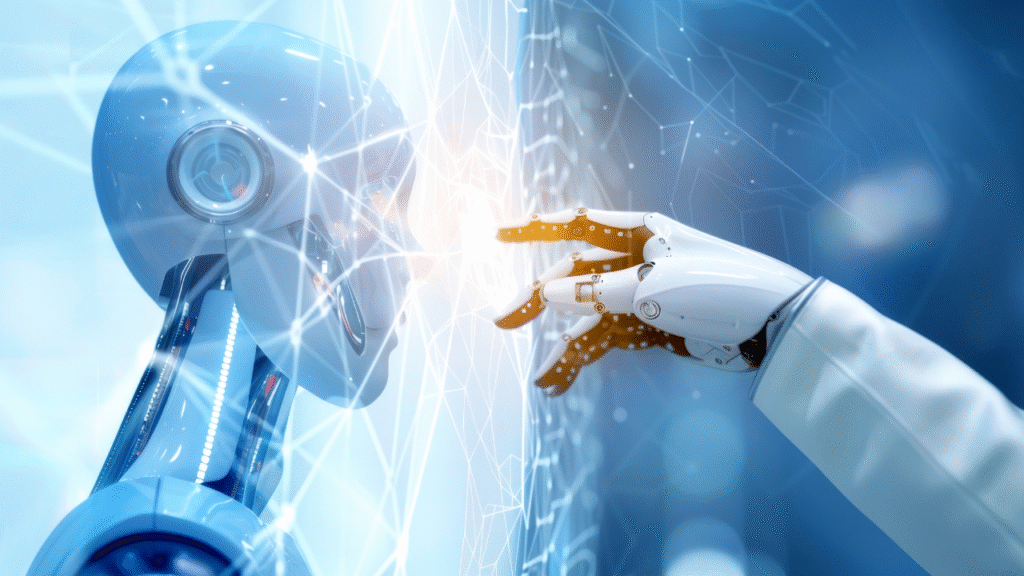
📈 Benefits of Humanoid Robots in the Workplace
Humanoid robots aren’t just gimmicks—they offer tangible benefits:
- Efficiency: They perform repetitive or time-consuming tasks with precision
- Availability: They don’t need breaks, sleep, or vacations
- Consistency: No variation in performance
- Safety: Useful in dangerous jobs or infectious environments
- Scalability: Can be deployed in large numbers without training costs
Most importantly, they enhance human performance, rather than replace it—especially in support and service roles.
⚠️ Challenges and Ethical Considerations
Of course, there are still hurdles to overcome.
📉 1. Job Displacement
Many worry that humanoid robots will take over human jobs. While they’re ideal for automating routine tasks, there's concern about loss of employment—particularly in hospitality, manufacturing, and retail sectors.
🕵️♂️ 2. Privacy and Surveillance
Facial recognition and constant monitoring raise data privacy issues. How and where data is stored, and how it’s used, must be addressed by clear policies and regulations.
🤖 3. Human Attachment
As robots become more human-like, people may form emotional bonds with them. This opens up complex psychological and ethical questions about companionship and dependence.
⚖️ 4. Regulation Gaps
There’s currently limited regulation around humanoid robots. Questions of liability, safety, and even robot “rights” are being debated.
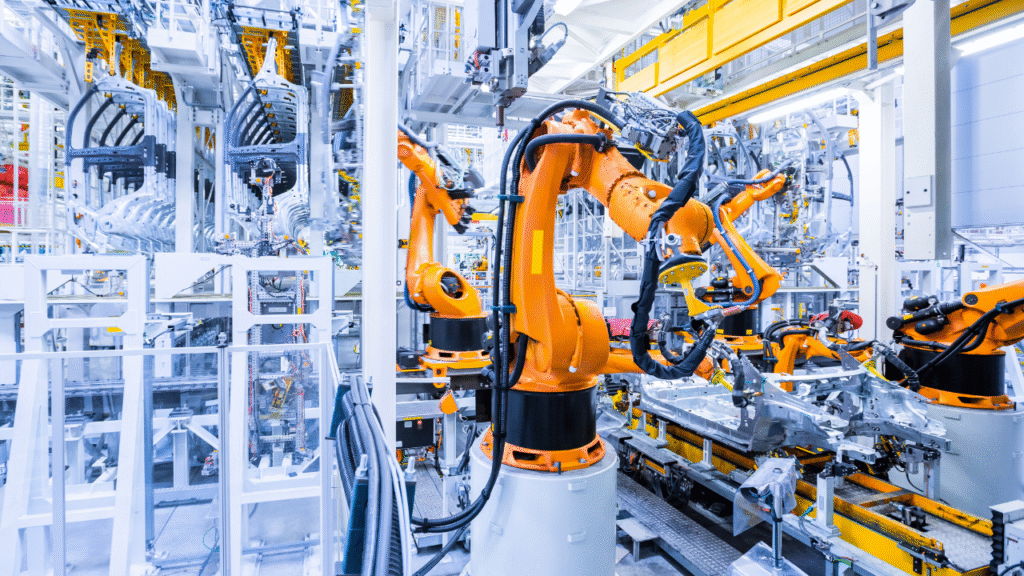
🌍 The Future of Work with Humanoid Robots
Rather than replacing us, the most promising future involves human-robot collaboration—working side by side, each contributing strengths.
- Robots handle routine, dangerous, or repetitive work
- Humans focus on creativity, critical thinking, and emotional intelligence
This balance will lead to:
- New job creation in AI and robotics development
- Upskilling opportunities for current workers
- Greater productivity and innovation
Companies that embrace this partnership will not only boost efficiency but also improve workplace safety and employee satisfaction.
💡 Final Thoughts: Are We Ready to Work Side-by-Side with Robots?
Humanoid robots are no longer a distant vision—they’re here, learning, adapting, and transforming our workplaces. From hospitals and schools to hotels and homes, they’re proving that AI-powered automation doesn’t just improve efficiency—it has the potential to uplift quality of life.
But to make this future a positive one, we must embrace ethical design, inclusive planning, and balanced integration of humans and machines.
So the next time a robot offers you help, remember—it’s not just a machine. It’s a glimpse into a smarter, more connected future.


